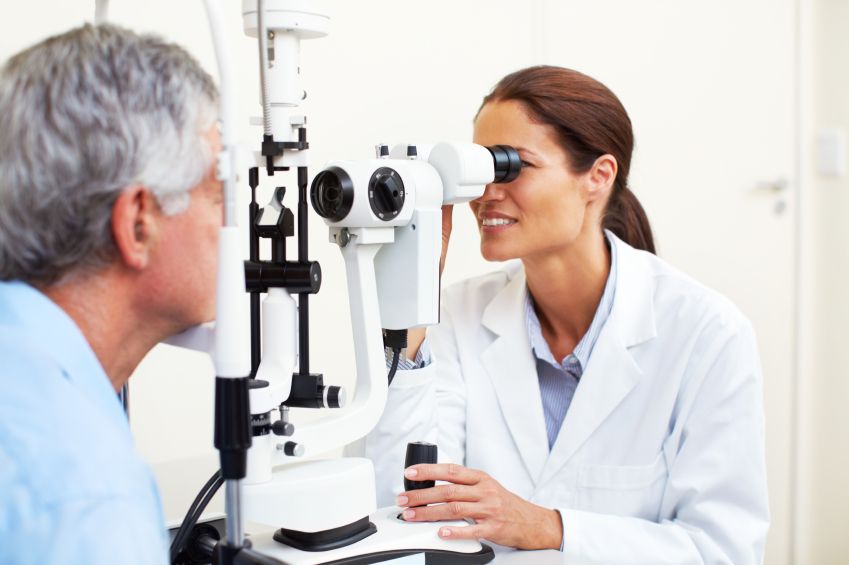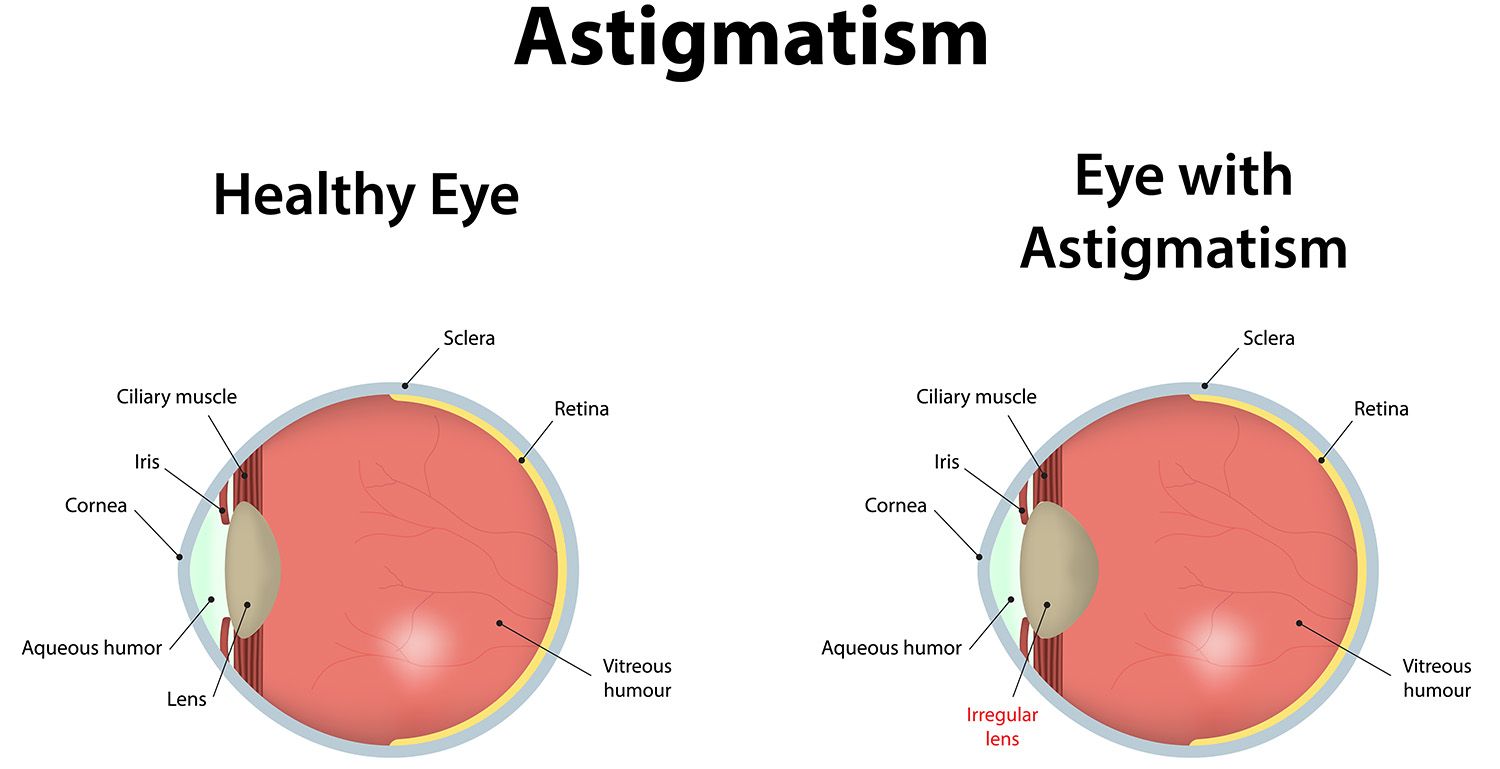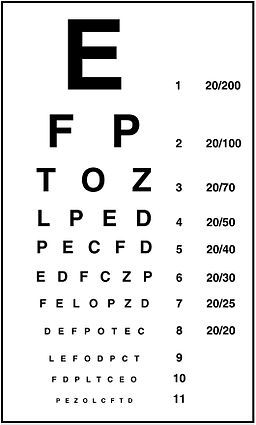Going In-Depth With Astigmatism
Have you ever heard of the term astigmatism from people who wear glasses? Astigmatism is an eye condition that causes people to have blurred vision. Read up here to know more about astigmatism and how it is treated and diagnosed!

Have you ever heard of the term astigmatism from people who wear glasses? Astigmatism is an eye condition that causes people to have blurred vision. This happens when the cornea, the clear front cover of the eyes, have an irregular shape or because of the curvature of the lens in the eye.
This prevents light from focusing on the retina, a layer at the back of the eye that contains cells that are light-sensitive, properly resulting to blurry visions that can cause headaches and discomfort.

Astigmatism often occurs with other vision conditions such as hyperopia and myopia, which are more commonly known as farsightedness and nearsightedness. These two conditions are also referred as refractive errors because they affect how the eyes refract light.
How is Astigmatism Diagnosed?
An ophthalmologist or optometrist can diagnose astigmatism through a comprehensive eye examination. This eye test is a measure of how the eyes focus on light. Furthermore, it determines the power of the optical lenses or glasses that are needed to make one’s vision clearer so that the grade of the eyes will be stable. This examination may include the following:
Visual Acuity
This is an activity where the Snellen Chart is used. It is an eye chart that consists of 11 lines of block letters, known as optotypes. They are constructed under strict geometric rules in which size decreases per line. Traditionally, the first line consists of capital letter E, and for the following lines, only 9 letters are used: C, D, E, F, L, O, P, T, and Z. Visual acuity is given as a fraction and the most top number is the standard testing distance which is 20 feet. The normal visual acuity is 20/20. If a person falls under 20/50 visual acuity, the person would have to stand within 20 feet to read a letter that is supposedly clear at 50 feet.

Keratometry
A keratometer is an instrument that is used to measure the curvature of the cornea. It is done by looking into a small hole and focusing on a picture, maybe a house or a hot air balloon. This measurement is crucial, especially in determining the right or proper fit for contact lenses.
Refraction
In this procedure, ophthalmologists or optometrists use a phoropter, a common testing device that can determine your eyeglass prescription. Your eye doctor places series of lenses in front of your eyes to measure how they focus on light. Throughout the procedure, your eye doctor will repeatedly ask which lens can make you see clearly. This can also determine if your eye are farsighted, nearsighted, or if you have astigmatism.
How is Astigmatism Treated?
There are various options to regain clear vision: eye glasses, contact lenses, orthokeratology, or laser and other refractive surgeries.
Eyeglasses may contain specific lens prescription that fits your eye condition.
Contact lenses are also like glasses. However, since you put it directly onto your eyes, regular cleaning is a must. You also need to do more maintenance because you are required to keep you contact lenses clean, as well as regularly apply solution into your eyes. Orthokeratology is the fitting of rigid contact lenses to reshape cornea to temporarily obtain clear vision. This does not permanently improve the vision of a person.
Astigmatism can be corrected by laser in situ keratomileusis (LASIK) or photorefractive keratectomy (PRK) where they reshape your cornea. In LASIK, it removes tissue from the inner layer of the cornea while in PKR it removes tissue in the superficial and inner layers of the cornea.
For those who are interested in having their eyes checked, getting glasses, or even getting treatment, worry not because SeeYouDoc has numerous ophthalmologists who can help you get the kind of care your eyes need!
